-
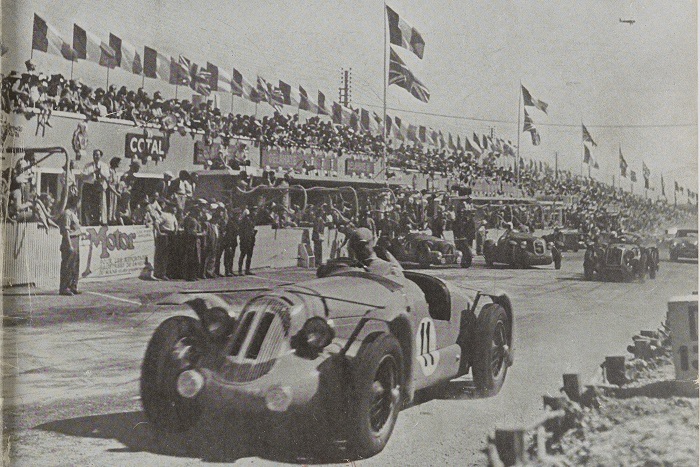
The 24 Hours of Le Mans in the Press (6 / 6)
Lucian SoneaSince its very first edition, in 1923, the Le Mans 24 Hours race had received complete coverage in the written press of its time (daily newspapers, magazines) as this was the only way to spread out the news and racing facts at a national level in France. Nevertheless, a particular sports daily… -
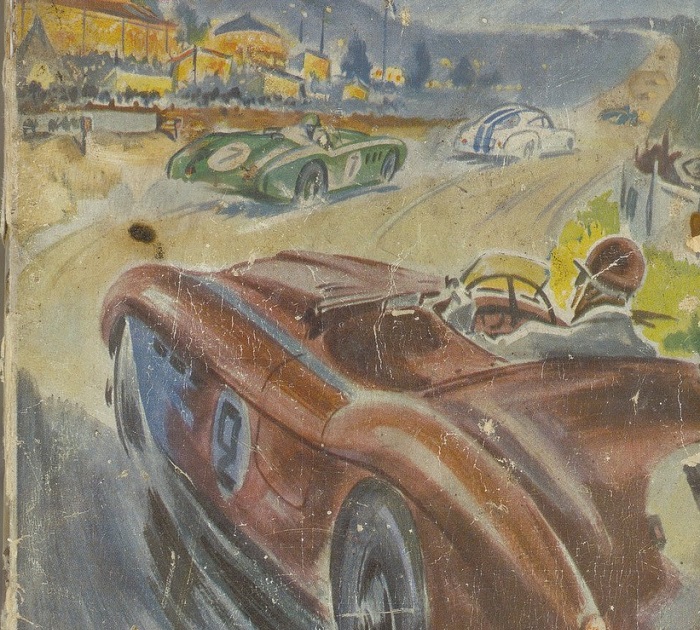
Women Drivers at The 24 Hours of Le Mans (5 / 6)
Lucian SoneaStarting from the beginning of the 20th century and despite the human and technical challenges, motor racing represented passionate and tenacious women drivers as a way to prove their driving skills. Today's feature is an overview of the women's participation at The 24 Hours of Le Mans. -
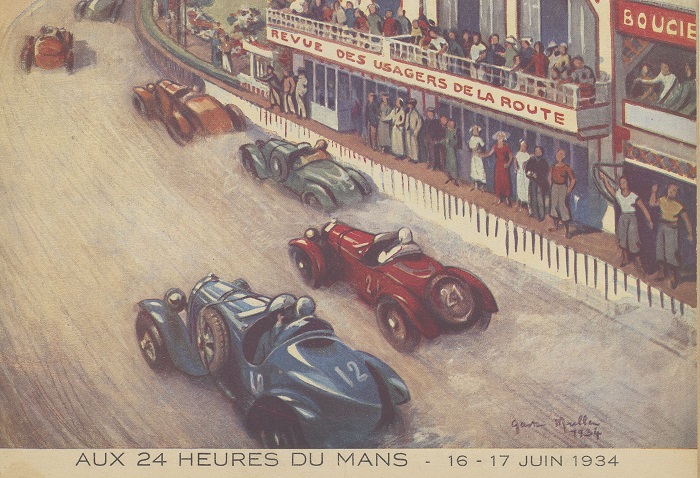
The French Manufacturers at The 24 Hours of Le Mans (4 / 6)
Lucian SoneaWhich are the French Manufacturers that put themselves in a highlight at the Le Mans 24 Hours race ? How did some who used the racing experience promote from an artisanal activity to an industrial-style organization ? -
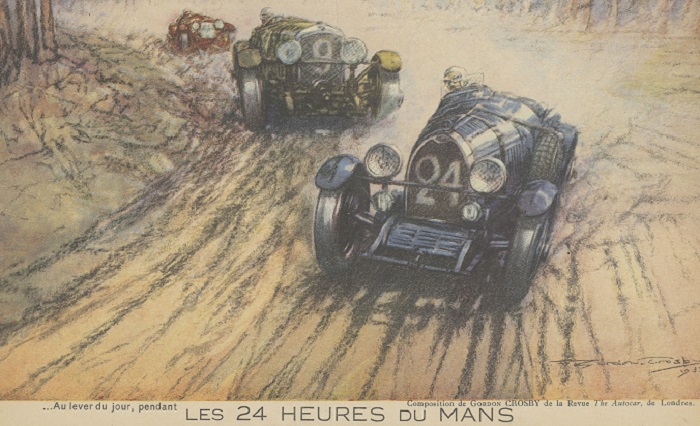
The 24 Hours of Le Mans, Technical Innovations Kick-off (3 / 6)
Lucian SoneaOther than just a great sports event, The 24 Hours of Le Mans have also been a laboratory of development and innovation for automotive engineering. The results would eventually be seen - sooner or later - on every day’s road cars. Let’s discover together some of these innovations. -
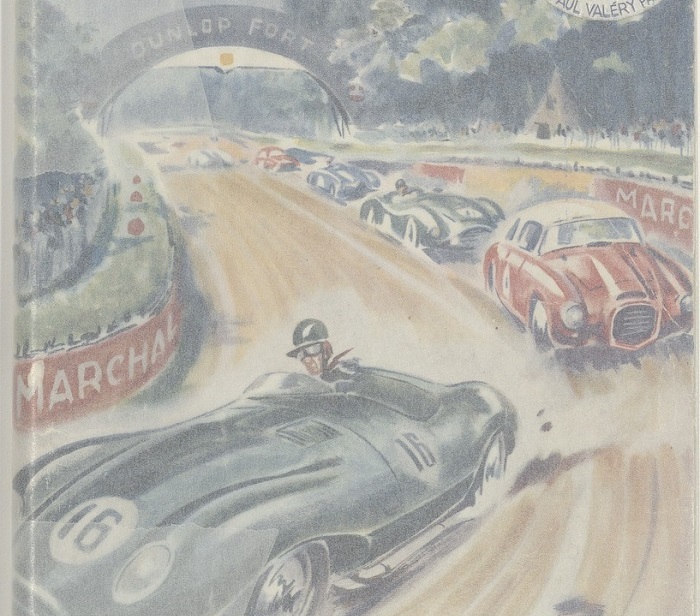
The History of The 24 Hours of Le Mans Race (2 / 6)
Lucian SoneaLet's go racing : the history of The 24 Hours of Le Mans and its milestones will no longer hold any secrets for you. -
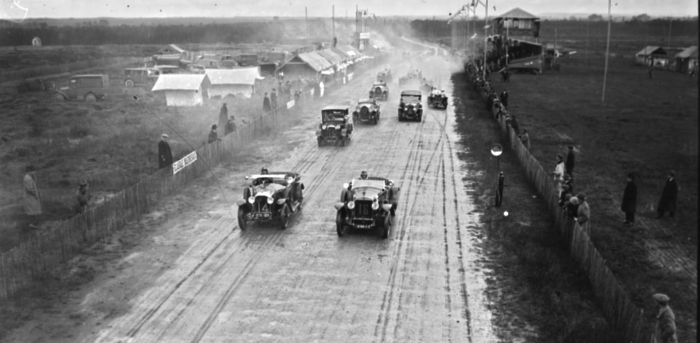
1923 - 2023, 100 Years of a Legendary Race (1 / 6)
Lucian SoneaThe first edition of the 24 Hours of Le Mans took place on May 26 and 27, 1923. It remains today still as the most prestigious endurance car race in the world. Its Centenary is an opportunity to review in Gallica its fascinating history. -
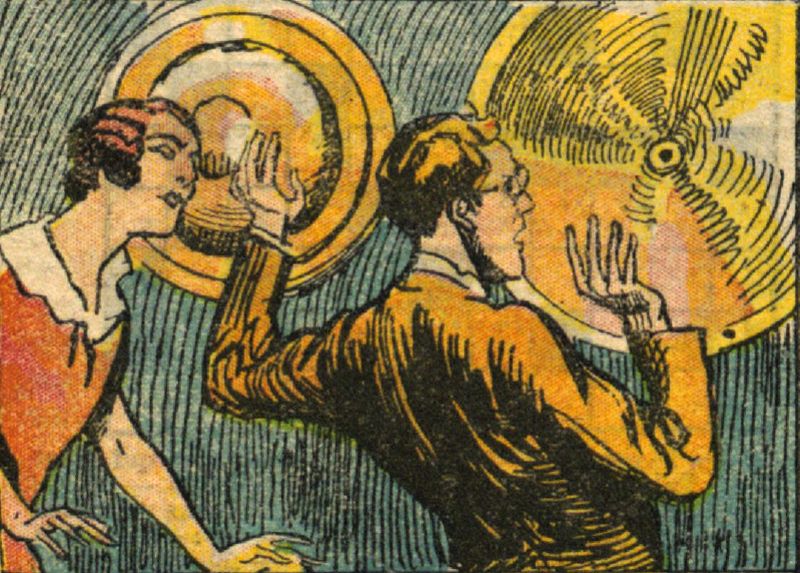
Wireless telegraphy
Chantal PuechMan has always sought to communicate from a distance – be it by visual means, (smoke signals, torches, kites, flags…), sound (shouts, drums, tam-tams, trumpets, bells….) or by the means of carrier pigeons. Wireless telegraphy appeared towards the end of the 19th century. It was the fruit of several… -
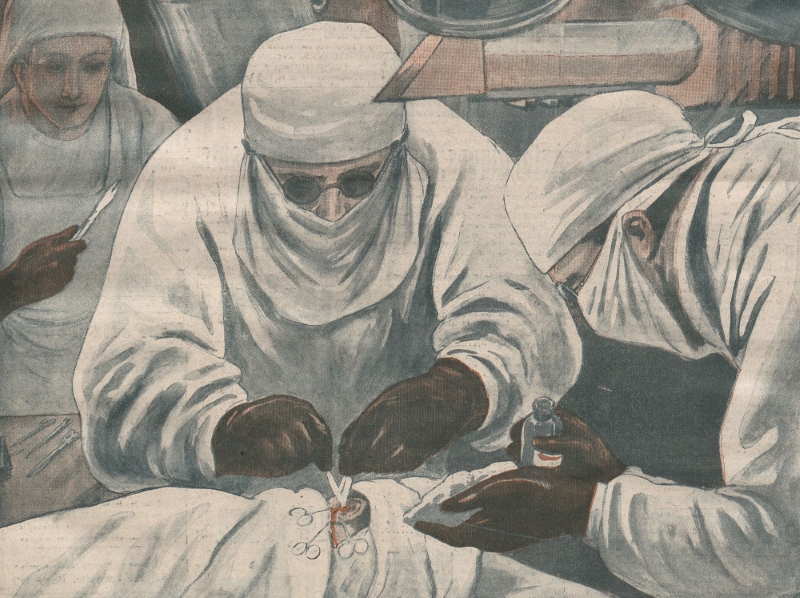
The pioneers of transplantation at the beginning of the 20th Century
Anne HeuquevilleIn 1909, the writer Maurice Renard published his manifesto on the merveilleux-scientifique literary movement. The theme of transplantation enabled the authors of the genre to examine the idea of hybridization, and the loss of humanity or personality that this intervention resulted in. In these… -
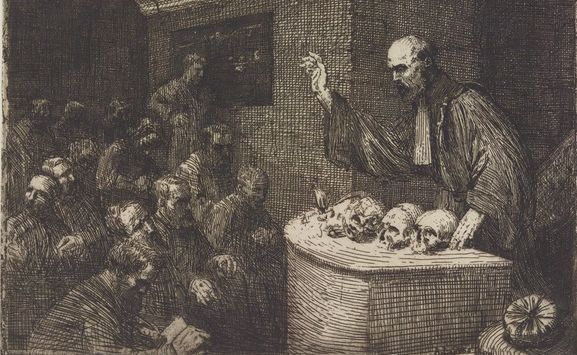
From physiognomony to phrenology
Françoise DeherlyThe Merveilleux-scientifique literary movement systematically took as a starting point a law of physics, chemistry or biology, and altered it. -
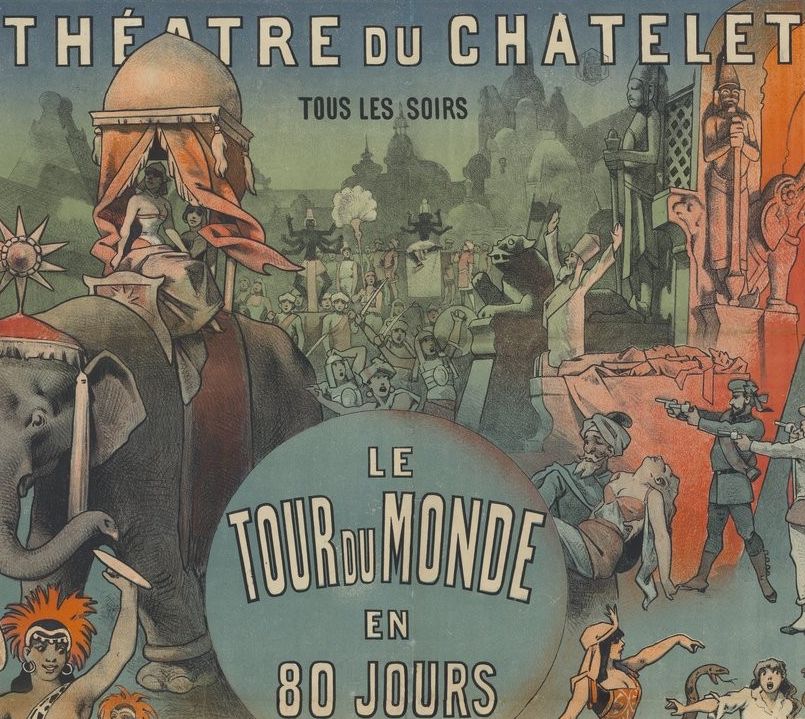
Jules Verne : the extraordinary rather than the marvellous
Sophie BrosMaurice Renard, theoretician of the « merveilleux-scientifique » always refuted any form of association with Jules Verne. This openly-declared literary feud was nevertheless not synonymous with disavowing the work of Verne, which was “deserving of science”, and offers us the opportunity… -
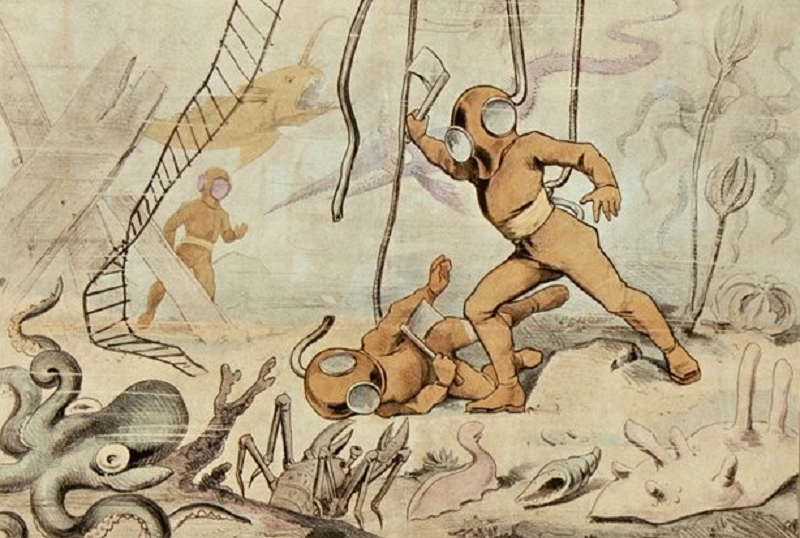
From Jules Verne to Maurice Renard : the precursors
Roger MusnikThe text in which Maurice Renard attempted to define the “merveilleux-scientifique” in 1909, is a milestone in the history of literature. In it, he affirms the existence of a network of stories that sought, unlike those of Jules Verne for example, to “throw science into the unknown”. However, this… -
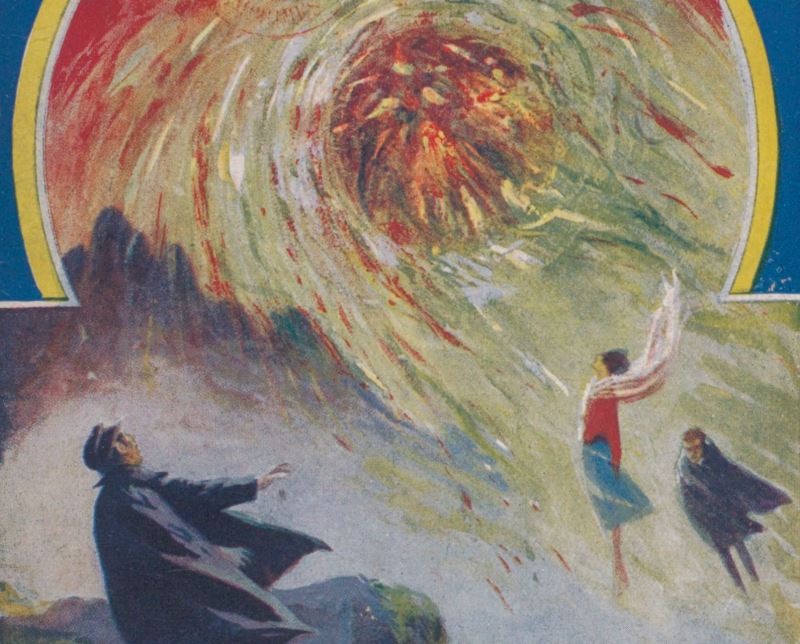
« Merveilleux-scientifique » in the French literary landscape
Unlike American short stories, « merveilleux-scientifique » stories were not published in identifiable publications such as the pulp-magazines that were dedicated to American science fiction in the 1930s. Nevertheless, magazines and publishers played an important role in the dissemination…

